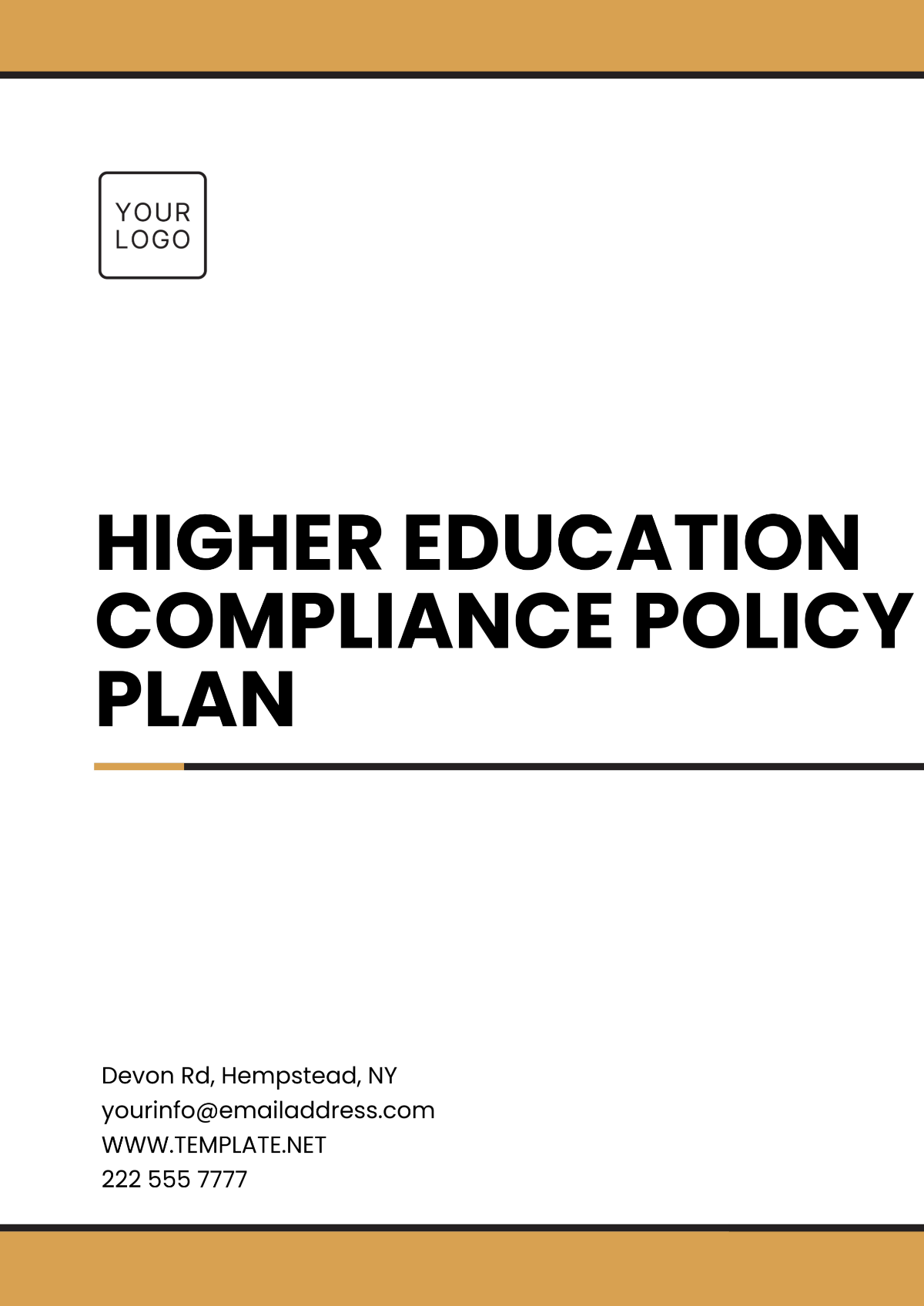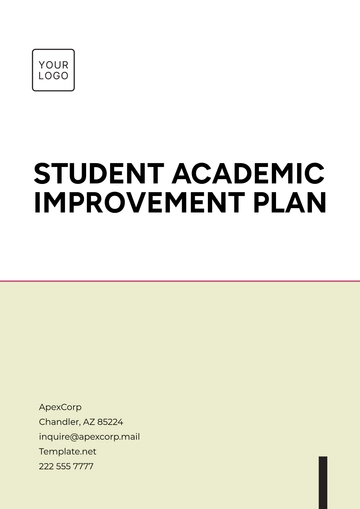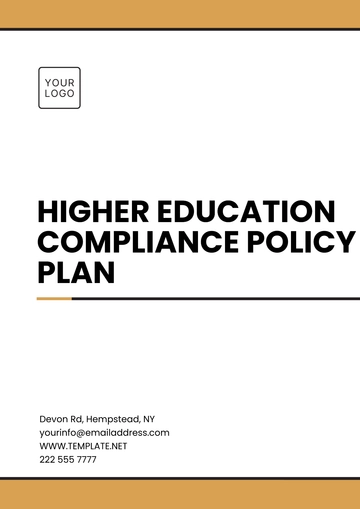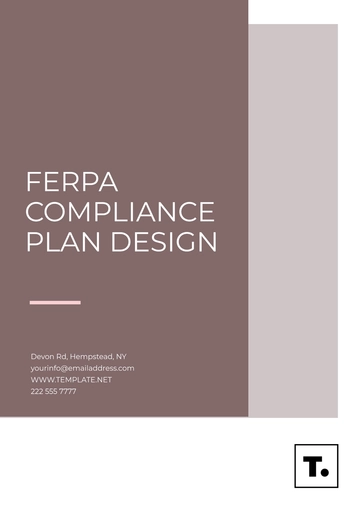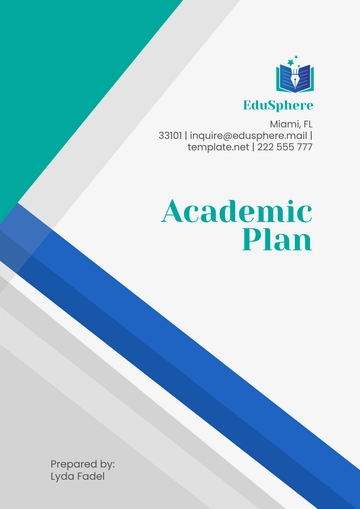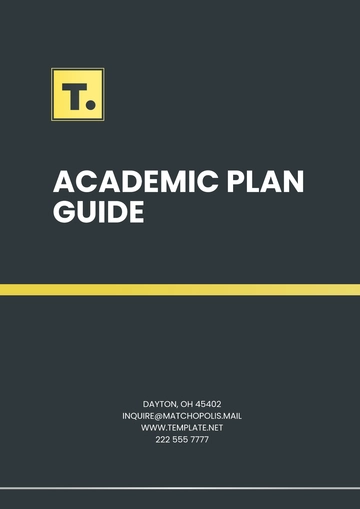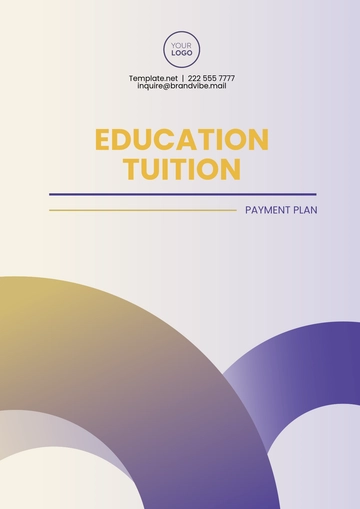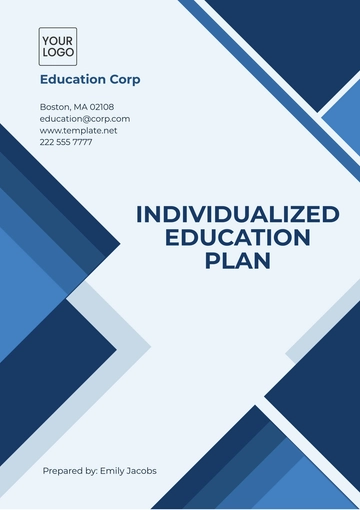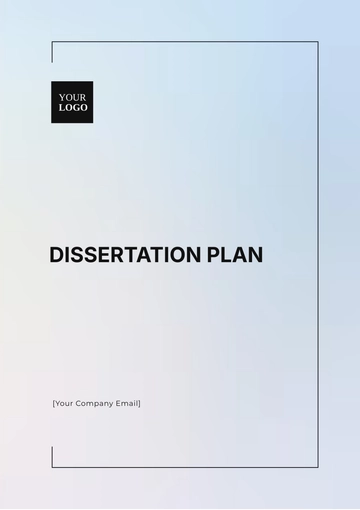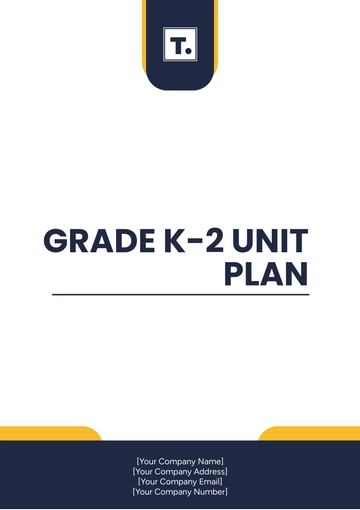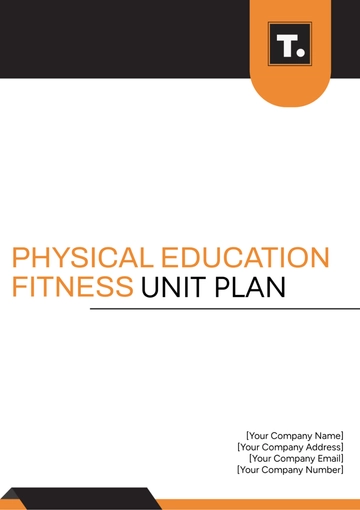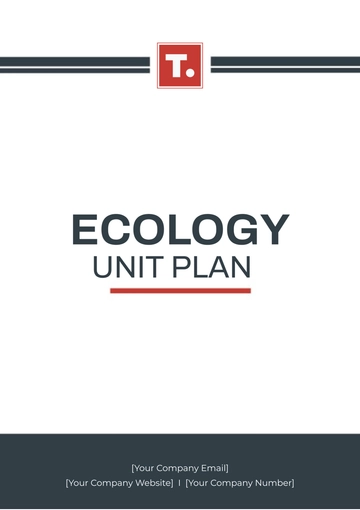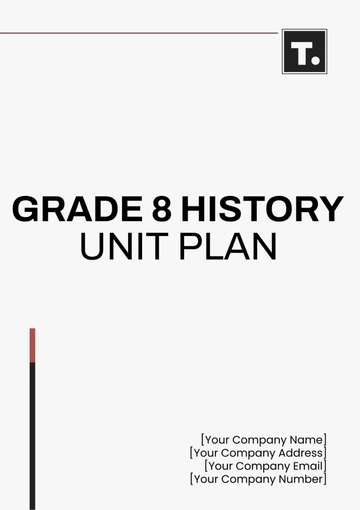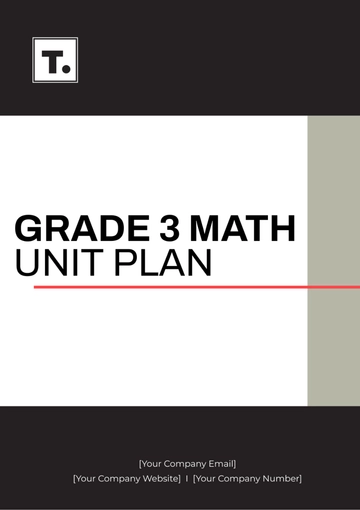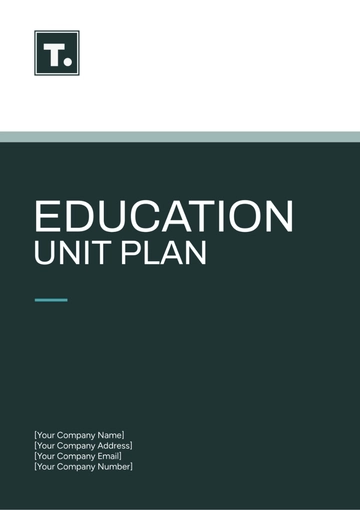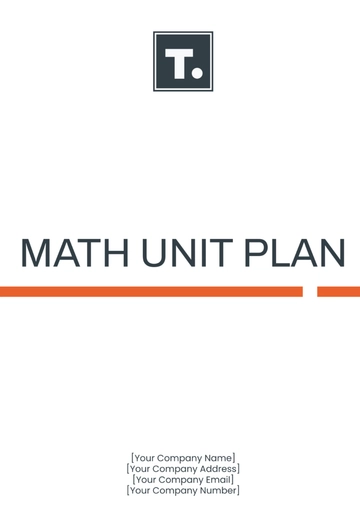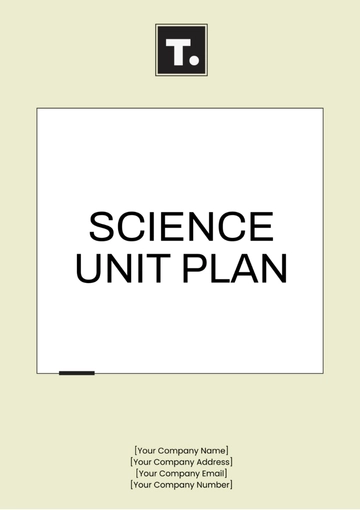HIGHER EDUCATION COMPLIANCE POLICY PLAN
Date: [Date]
Prepared By: [Your Name]
I. Introduction
The Higher Education Compliance Policy Plan aims to establish and enforce a structured framework for ensuring that the institution complies with all applicable laws, regulations, and standards in its operations. This plan supports ethical behavior, enhances accountability, and promotes transparency in all areas of institutional activity, including academic affairs, financial management, student services, and research.
II. Purpose
The purpose of this compliance policy plan is to:
Ensure adherence to federal, state, and institutional laws and regulations.
Promote an environment of integrity and ethical behavior.
Minimize the risk of non-compliance and related penalties.
Foster a culture of compliance across all levels of the institution.
III. Scope
This policy applies to all members of the institution, including:
Faculty, staff, and administrators.
Students and contractors.
Affiliates and third-party service providers.
The plan covers the following areas:
Accreditation: Compliance with accreditation standards.
Financial Aid: Adherence to federal and state funding regulations.
Research Compliance: Ethical standards and protocols for research activities.
Privacy and Data Protection: Protection of student and employee information (e.g., FERPA, HIPAA).
Title IX: Compliance with anti-discrimination laws, particularly in relation to gender-based issues.
Health and Safety: Compliance with workplace and campus safety laws.
IV. Compliance Framework
A robust framework will be established to guide compliance efforts:
Compliance Officer and Team
Appointment of a designated Compliance Officer who will oversee compliance efforts.
Formation of a compliance team consisting of representatives from key departments (e.g., academic affairs, legal, human resources, finance).
Policy Development and Review
Development of policies to address each key compliance area.
Regular review and updates to policies to align with changes in law, regulations, and institutional needs.
Training and Education
Mandatory compliance training for all staff, faculty, and administrators upon hire and periodically thereafter.
Specialized training for departments handling sensitive areas (e.g., research ethics, financial aid).
Risk Assessment
V. Compliance Monitoring and Auditing
Monitoring
Auditing
Regular audits (internal and external) to assess compliance levels.
Audits will focus on critical areas such as financial aid, research protocols, and privacy practices.
Compliance Metrics
Establishment of measurable compliance metrics for tracking progress.
Key performance indicators (KPIs) will include training completion rates, audit findings, and incident resolutions.
VI. Reporting Mechanisms
Internal Reporting
External Reporting
VII. Corrective Actions
Incident Investigation
Investigate all instances of non-compliance promptly and thoroughly.
Corrective actions may include policy revisions, disciplinary measures, or staff retraining.
Disciplinary Measures
Continuous Improvement
VIII. Communication and Documentation
Policy Communication
The compliance policies will be communicated to all staff, faculty, and students via the institution’s intranet, email, and orientation programs.
Documentation
Documentation of all compliance-related activities, including training sessions, audits, incident investigations, and corrective actions, will be maintained for accountability.
IX. Evaluation and Review
Annual Review
External Evaluation
Feedback Loop
X. Conclusion
The Higher Education Compliance Policy Plan is essential for maintaining the integrity of the institution and ensuring that it meets its legal, ethical, and regulatory obligations. By following this structured approach, the institution can mitigate risks, foster a compliant and ethical environment, and uphold its reputation as a trusted educational entity.
Plan Templates @ Template.net
